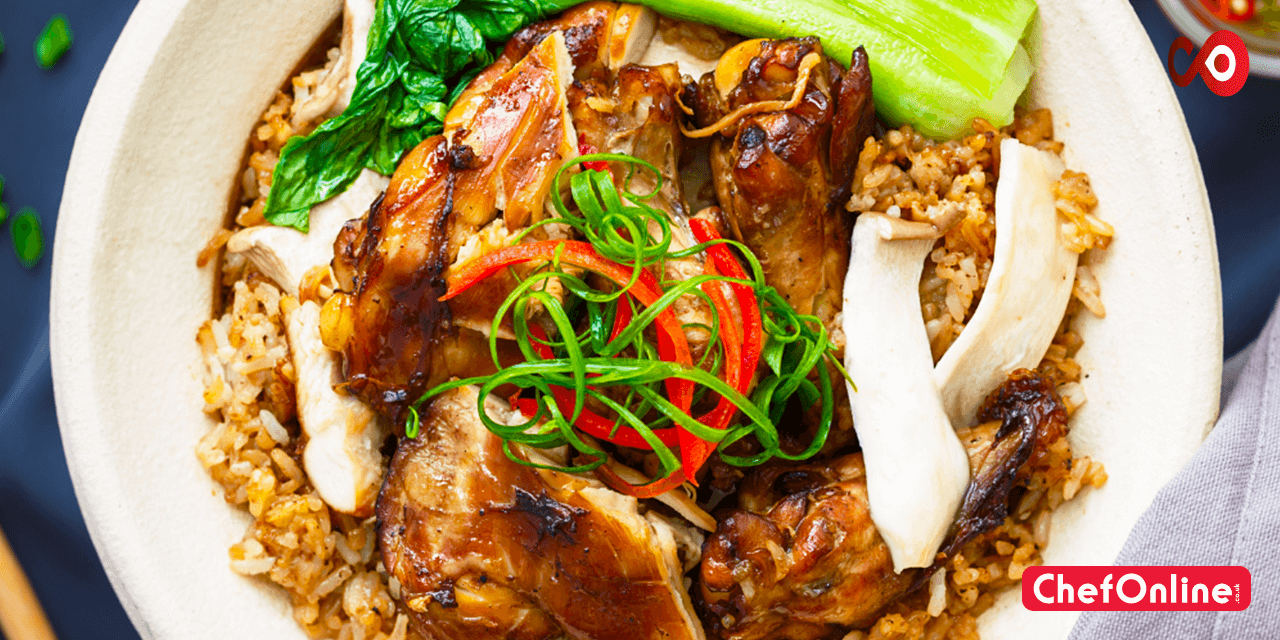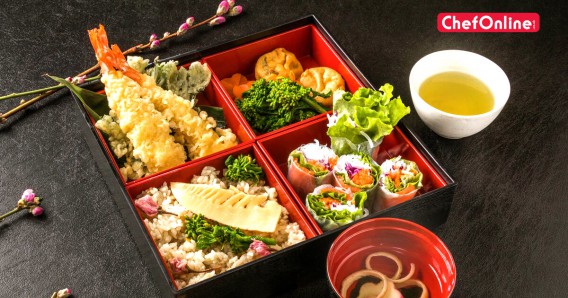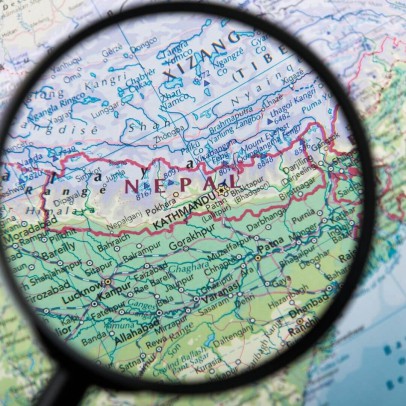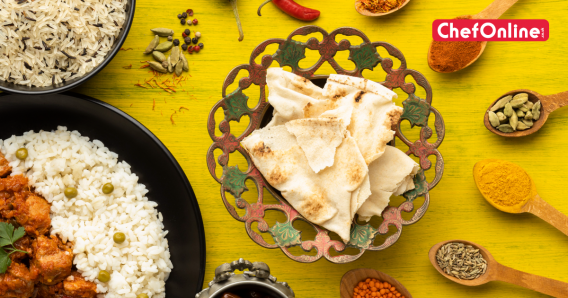Are you in the mood for a Chinese takeaway? How about some Japanese? If you are hankering for some Asian cuisine and you find yourself asking what’s the difference between the two, then this article is for you. Here are some of the differences between Chinese and Japanese food.
Chinese vs. Japanese Food
Asian food in general is strikingly different from European, Western, and Eastern food. One taste, smell, or even look and you will be transported to a different world. Each region has unique characteristics that you need to be aware of, especially the wildly popular Chinese and Japanese cuisines.
-
Philosophy
Chinese cooking is mostly about skillfully transforming common ingredients into elaborate dishes. Japanese cuisine, on the other hand, is deeply rooted in serving food as close to its natural state as possible, which requires very little cooking.
-
Value
As straightforward as Japanese cooking is, the presentation is very elaborate. Store-bought and even homemade dishes are often laid out intricately, with asymmetry in mind. It is an indication of the Japanese people’s deep respect for nature, which is asymmetrical. It is very common to see depictions of landscapes, rivers, and ocean waves in the food arrangement.
With Chinese cuisine, more attention is given to the flavour. The unique Chinese food experience starts when you put it in your mouth and not when you look at it. Taste, texture, and smell trump aesthetics and the use of colors.
-
Food Preparation
One of the most glaring differences between the two dishes can be seen in the preparation process. Chinese chefs typically use the traditional wok, which is designed primarily for frying. Chinese cooking are also mostly done over high heat. It is mostly saucy.
On the other hand, Japanese cooks use flat pans or teppan, allowing them to grill many of their dishes. Since Japanese cooking is all about showcasing the ingredients natural taste, raw food like sushi and sashimi are very popular.
-
Main Ingredient
Japanese food is generally considered a healthy takeaway option as most dishes consist mainly of seafood are lighter on the stomach. While some of the dishes may contain rice, it is usually in smaller amounts. Chinese cuisine is mostly based on rice and carbs. If you are looking to raise your calorie intake, you should order some Chinese takeaway.
-
Taste
It is hard to generalize the flavour of food, even within a specific region. However, Chinese and Japanese cuisines have some distinct characteristics unique to each country. For instance, Chinese condiments usually come in paste form with a very strong taste, enough to modify the flavour of an entire dish. Japanese condiments, on the other hand, are usually in liquid form and more laid back in taste, designed only to bring out the natural flavour of the ingredients and not overpower it.
Enjoy Your Takeaway
Have you made your choice yet? Whether you go for Chinese or “turn Japanese,” you are in for a treat. Order your takeaway now from ChefOnline and enjoy a unique gastronomic experience right in your own home.






